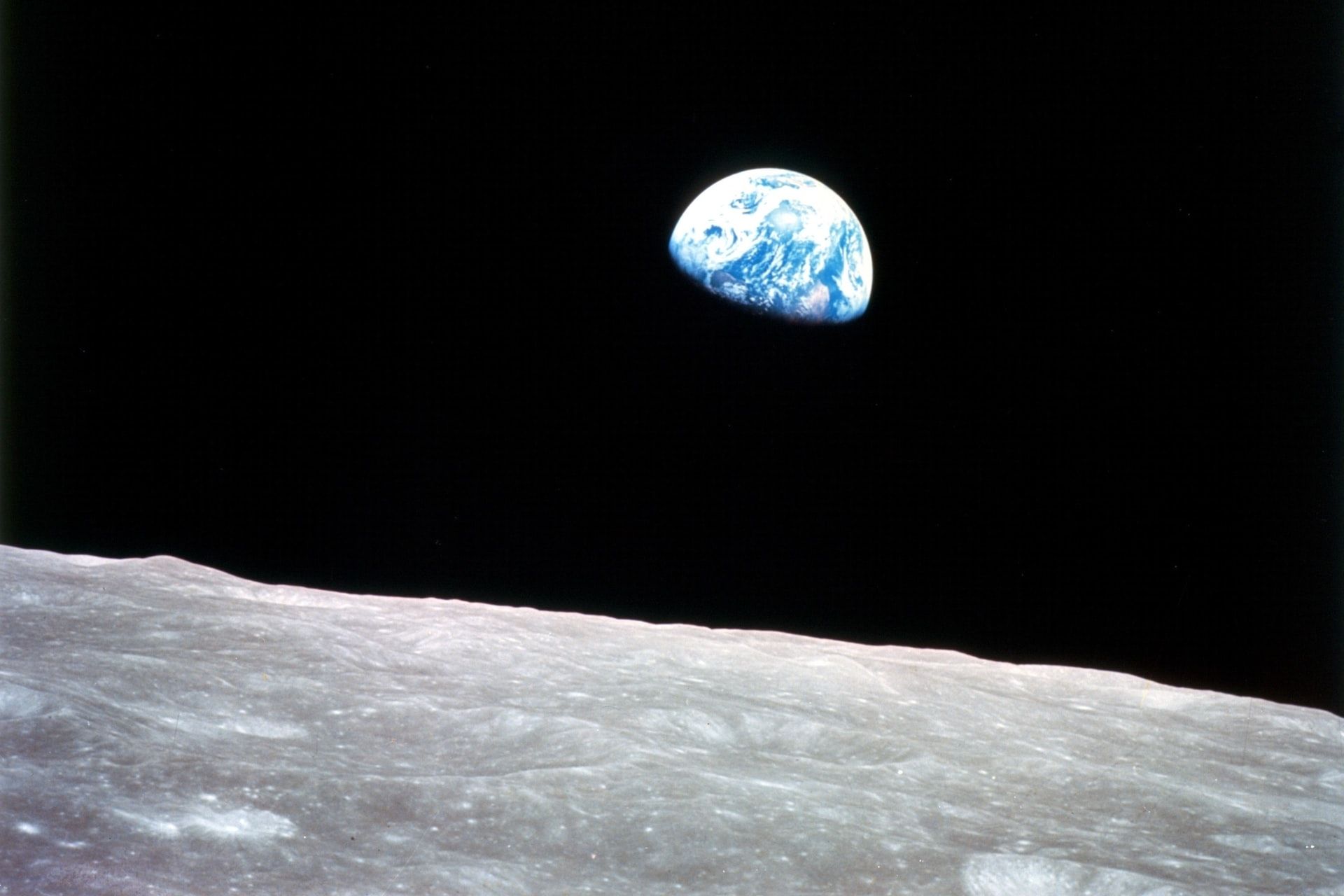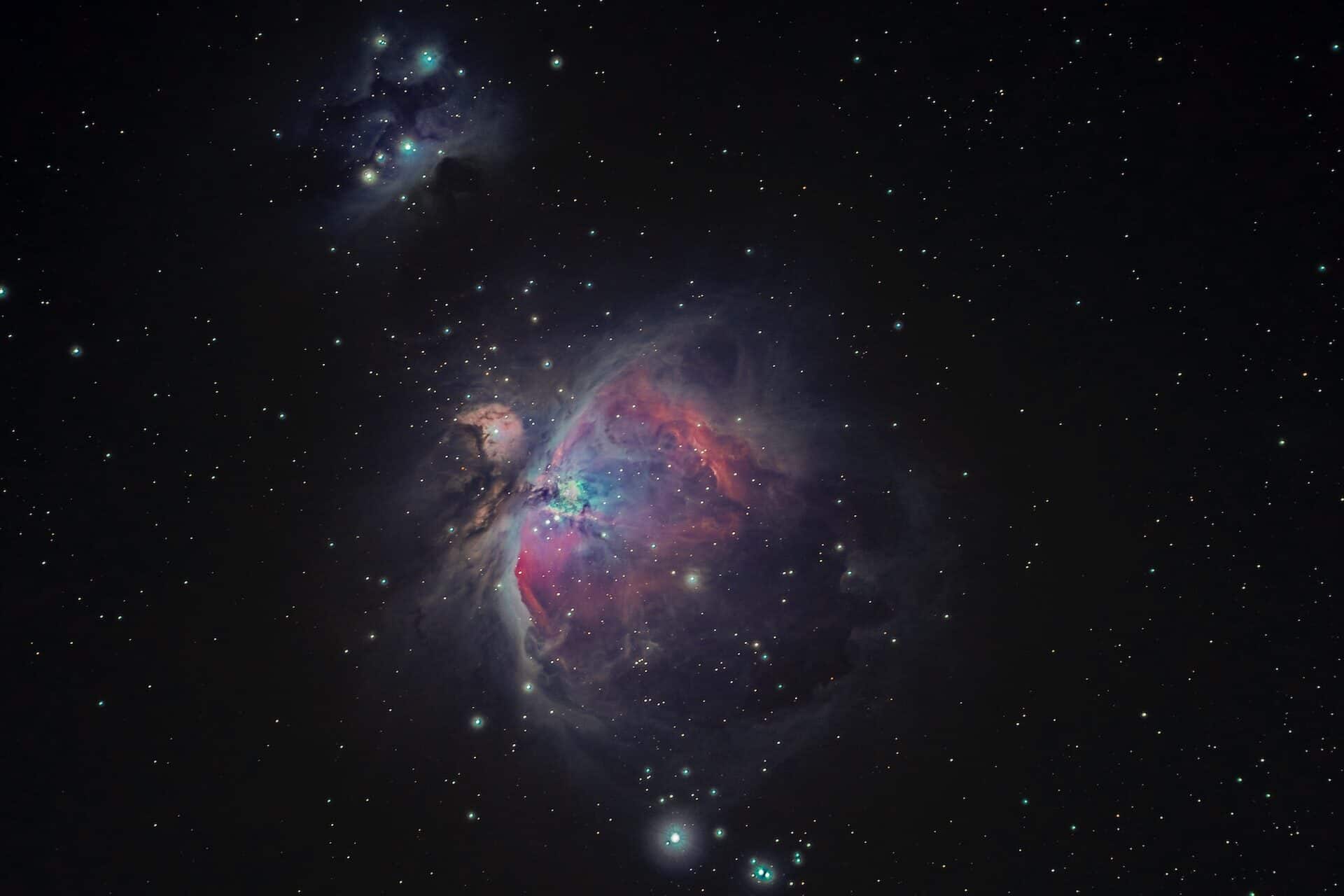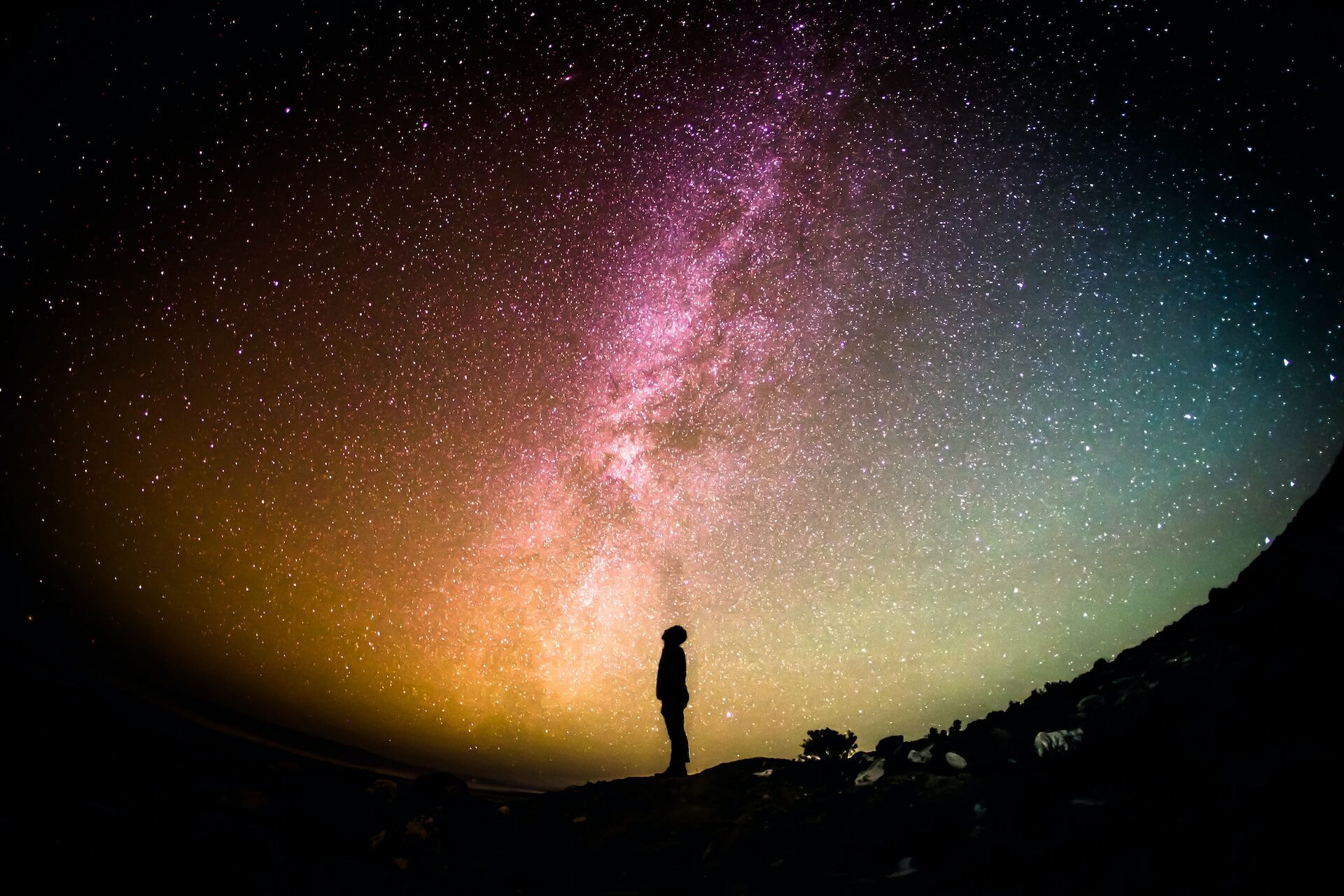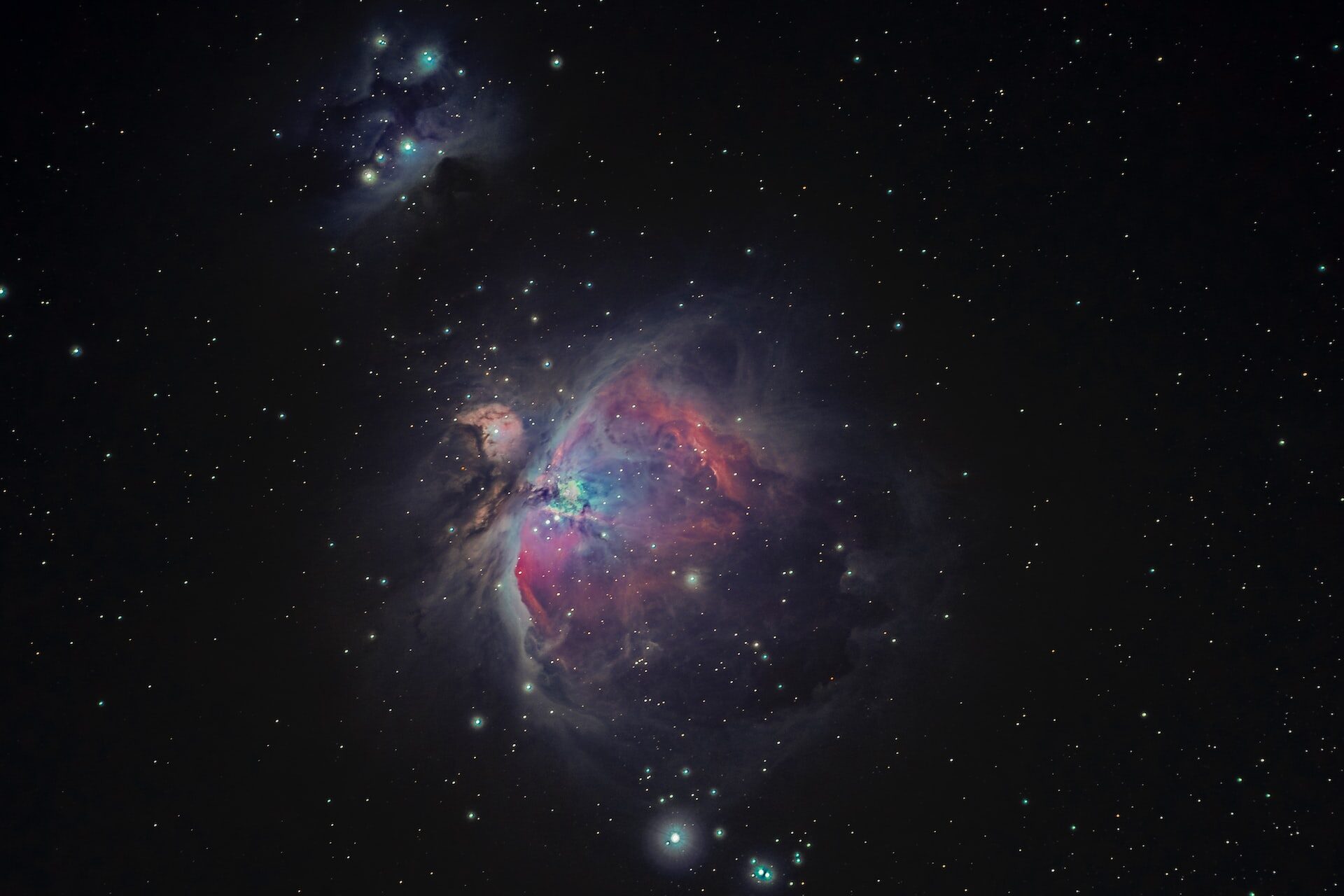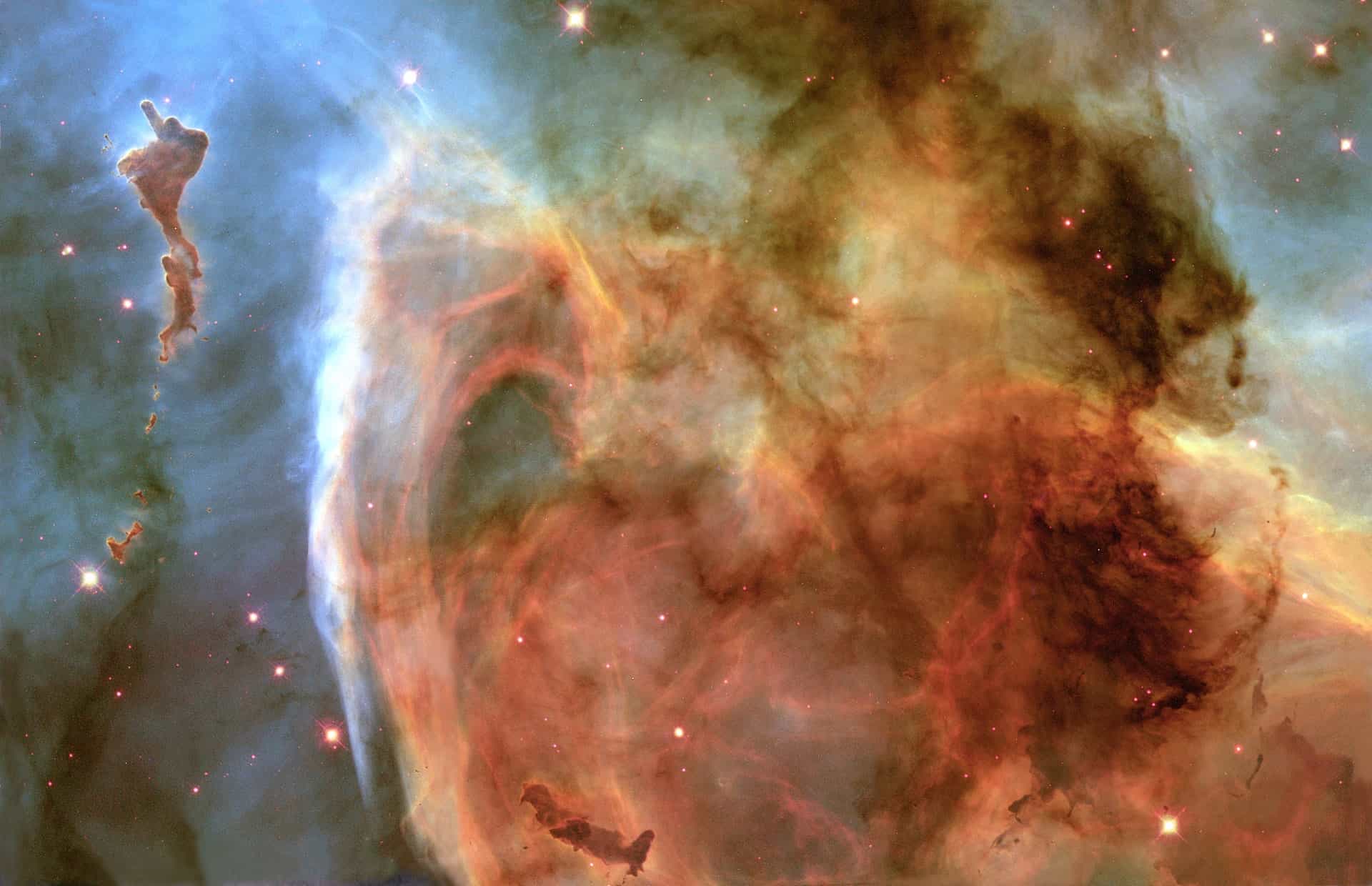
Facts About Nebulae: More Than Just a Dust Cloud
June 15, 2022 - Emily Newton
Revolutionized is reader-supported. When you buy through links on our site, we may earn an affiliate commision. Learn more here.
When we look up at the night sky, we see stars and planets. What we don’t see — at least not with the unaided eye — is the dust that hides in all the dark corners of the cosmos. When this dust comes together, it can create something remarkable: a nebula. What is a nebula? Let’s explore some facts about nebulae and see what the universe can make with a simple cloud of dust.
The First Nebulae
Our quest for facts about nebulae starts thousands of years ago. The human race has been staring up at the stars for millennia, including hunting for nebulae. The first recorded mention of a nebula dates back to 964 AD. It is recorded in the Book of the Fixed Stars, written by the Persian astronomer Abd al-Rahman al-Sufi. His book also recorded many of the first mentions of constellations and other galaxies — though he wasn’t sure what he was seeing. Many of the clouds he described in his book were galaxies. The book also includes the first mention of the Large Magellanic Cloud, among other celestial features.
More Cloud Than Dust
The name nebula comes from the Latin word for ‘cloud’ or ‘mist,’ the perfect descriptor for most nebulae. The average nebula comprises a combination of hydrogen and helium and dust and ionized gasses. The materials that collectively make up a nebulous cloud are interstellar mediums or ISM. Unlike the Earth’s atmosphere, which exists at a density of 30 quintillion molecules per cubic centimeter, the nebula is dilute. A nebula will usually have a density of 1 atom per cubic centimeter.
This sounds like a minuscule amount, but you also have to compare the size of Earth with the size of a nebula. These massive interstellar gas clouds can span light-years or even millions of light-years. Compared to that, this planet is nothing more than a grain of sand, which looks so big while we’re standing on its surface. This comparison only applies to size, though. If you could compress a nebula down to a structure the size of Earth, it would only weigh a few kilograms.
Different Types of Nebulae
We’ve barely begun to understand the known universe and everything it has to teach us. We’ve broken down nebula into six different types based on our current universe knowledge.
Emission Nebula
First, we have emission nebulae. These massive dust clouds are also known as stellar nurseries, a concept we’ll discuss more in a moment. As these nebulae grow, their density increases. Eventually, these dense clusters will gather together, generating a gravitational field that pulls in more interstellar material. Finally, it will reach a critical mass and give birth to a star. Emission nebulae get their name from these newborn stars because they allow the nebulae to generate light.
Famous Emission Nebulae
The Eagle Nebula and the Pillars of Creation.
Reflection Nebula
Not all nebulae generate internal light or serve as stellar nurseries. Reflection nebulae don’t give birth to stars but glow on their own by reflecting light from nearby star clusters. These bright stars generate plenty of light but aren’t hot enough to ionize the hydrogen in the reflection nebulae.
Famous Reflection Nebulae
Dark Nebula
Sometimes, we need an infrared telescope to spot a nebula. Dark nebulae do not emit light or reflect light from other stars. Instead, they appear as opaque clouds that may even obscure other celestial bodies.
Famous Dark Nebulae
Planetary Nebula
Like the one in the center of our solar system, low-mass stars have a finite life span. They can burn for billions of years, but they will eventually run out of fuel and begin to die. As it enters its final stages, the star will expand into a red giant, shedding its outer layers. Over time, the UV radiation will ionize the material that the star is discarding, creating a planetary nebula.
Astronomers have observed some planetary nebulae with a ‘bipolar’ structure. The cloud’s shape is mirrored, creating the image of an hourglass or even a butterfly in the night sky. Researchers aren’t sure how these relate to planetary nebulae, but they still fall into this classification.
Famous Planetary Nebula
Supernova Remnant
On the other side of the mass scale, you’ve got stars that explode in a violent supernova at the end of their life cycle. Unlike the gentle layer shedding of low-mass stars, these explosions cast ionized gas and dust into a massive cloud. The remnants of these explosions can then merge into a nebula.
In cases where a pulsar triggers a supernova, astronomers have spotted a unique type of nebula called a pulsar wind nebula or a plerion. They’re the perfect find for any astronomer interested in or studying pulsars. The Crab Nebulae is one example of a pulsar wind nebula, first spotted by astronomers in 1054 AD.
Famous Supernova Remnants
Combination Nebulae
Occasionally, astronomers will spot a nebula that doesn’t fit in any primary categories. There is no official name for them, but these combination nebulae will showcase features of multiple different types of clouds. The Trifid Nebula, for example, showcases aspects of emission, reflection and dark nebulae in a single cloud.
Famous Combination Nebulae
One Part Nursery, One Part Graveyard
Nebulae are unique in that they showcase both the births and deaths of stars that forms within their expansive borders. On one side of the coin, you have stellar nurseries like the Pillars of Creation in the Eagle Nebula or the entirety of the Orion Nebula. The ionized gas and dust within the nebula form a molecular cloud. If the cloud becomes dense enough to start rotating and generating a gravitational field, it becomes a protostar.
From here, the star’s lifecycle can go one of two ways. Either the protostar becomes dense enough that nuclear fusion happens, igniting the star and beginning its life or the gas continues to get thicker. In this case, instead of a new star, a brown dwarf forms. Brown dwarf stars emit mostly infrared radiation rather than heat and light.
On the opposite side of the coin, you have planetary nebulae and supernova remnants at the end of a star’s life. Low-mass stars like the one at the center of our solar system will become planetary nebulae. Once they run out of fuel, they begin to expand and will start to shed their outer layers. Eventually, this star will collapse down into a white dwarf and what remains is known as a planetary nebula.
On the other hand, Supernova remnants are often far-flung nebulae defined by their wispy shapes. Instead of gently shedding its outer layers, a supernova explodes, flinging its materials to the far reaches of the cosmos.
A nebula can mark the beginning of something or the end regardless of its type.
Residents of Interstellar Space
Currently, astronomers have only observed and cataloged about 1,800 planetary nebulae in the Milky Way Galaxy. This number is barely a fraction of the more than 20,000 planetary nebulae that might exist within this galaxy. Inside the Milky Way, galaxies are referred to as intergalactic nebulae. Anything outside our home galaxy is referred to as an extragalactic nebula.
Astronomers have been exploring the idea of extragalactic nebulae for nearly a century. Edwin Hubble, the astronomer whom NASA named the Hubble Space Telescope after, published a paper in 1926 detailing more than 400 extragalactic nebulae identified during his research. Our understanding of the universe has only expanded since then.
Looking Toward the Stars
Exploring facts about nebulae is just one piece of the puzzle for learning about the cosmos. There is so much in the universe that we don’t understand that so much more that we don’t even know to ask yet. A nebula might look like a dust cloud to the casual observer, but we know now that these celestial structures are so much more.
Revolutionized is reader-supported. When you buy through links on our site, we may earn an affiliate commision. Learn more here.
Author
Emily Newton
Emily Newton is a technology and industrial journalist and the Editor in Chief of Revolutionized. She manages the sites publishing schedule, SEO optimization and content strategy. Emily enjoys writing and researching articles about how technology is changing every industry. When she isn't working, Emily enjoys playing video games or curling up with a good book.
